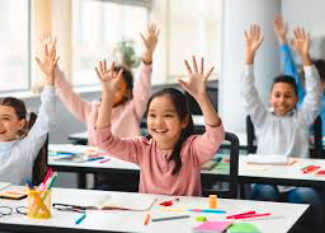Young children are naturally full of energy, and sitting still for long periods can be challenging. By integrating movement into learning activities, educators and parents can tap into this energy to enhance focus, engagement, and understanding. Movement-based learning is more than just play; it’s a powerful tool that supports physical, cognitive, and emotional development.
Why Movement Matters in Early Learning
Physical activity stimulates brain function, helping children process information more effectively. Movement boosts circulation, which can increase attention and memory. It also helps children develop coordination, balance, and motor skills, all of which are essential for overall growth. When learning is active, it becomes more meaningful and memorable.
Simple Ways to Add Movement to Learning
Incorporating movement doesn’t require special equipment or large spaces. For example, alphabet games can involve jumping to letter cards on the floor, while counting exercises can include clapping or hopping. Songs with actions, such as “Head, Shoulders, Knees, and Toes,” combine language development with physical activity. Even transitions between activities can include movement, like pretending to be animals as children walk to the next station.
Linking Movement to Different Subjects
Movement can be tied to nearly any subject. In literacy, children can act out parts of a story to build comprehension. In math, they can use their bodies to form shapes or measure objects. Science lessons can involve mimicking the life cycle of a butterfly through dance or motion. These activities not only reinforce concepts but also make learning more fun.
Creating a Supportive Environment
To successfully integrate movement into learning, it helps to create a space where children feel free to move safely. Clear boundaries, soft flooring, and open areas encourage safe participation. Additionally, giving children opportunities to lead movement-based games fosters leadership skills and boosts confidence.
Conclusion
Incorporating movement into learning activities supports young children’s natural inclination to be active while enhancing their ability to absorb and retain information. By using simple, engaging strategies, adults can create a joyful and dynamic learning environment where children thrive both physically and mentally.


